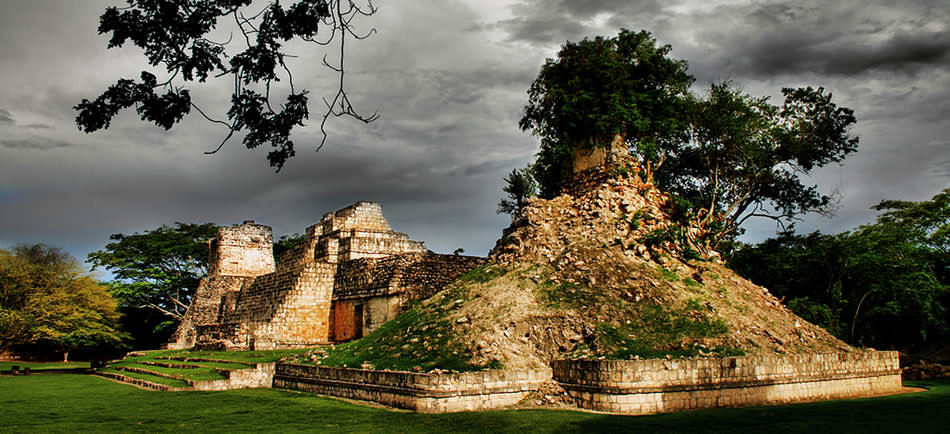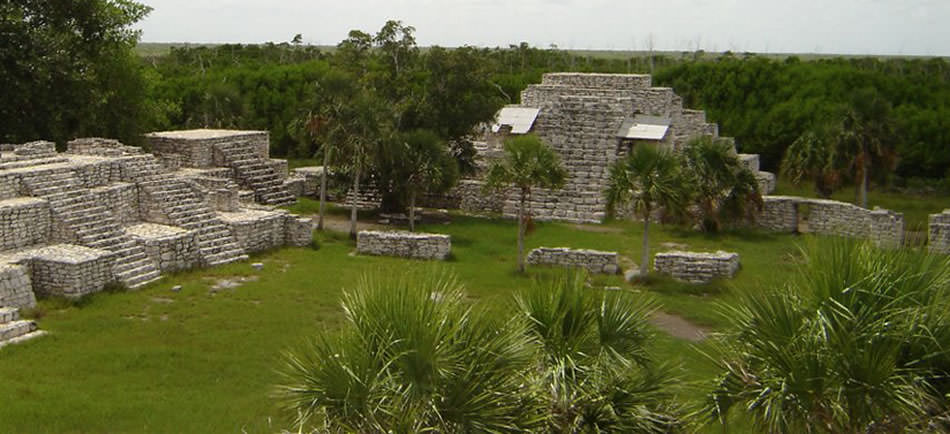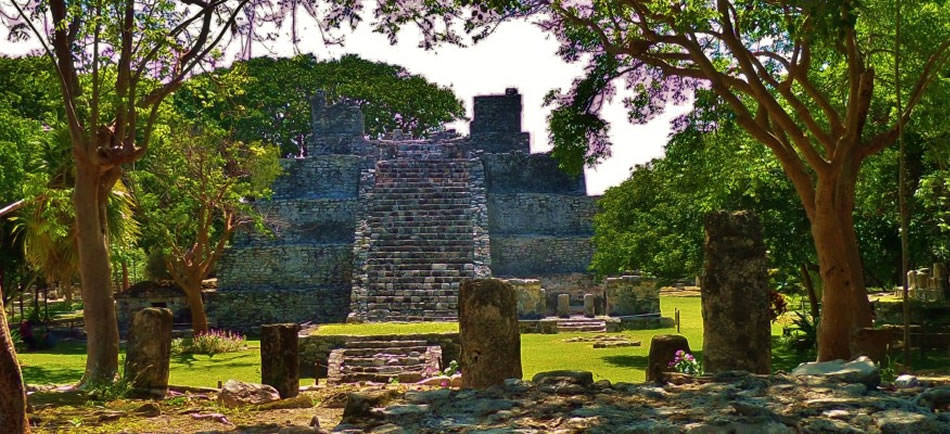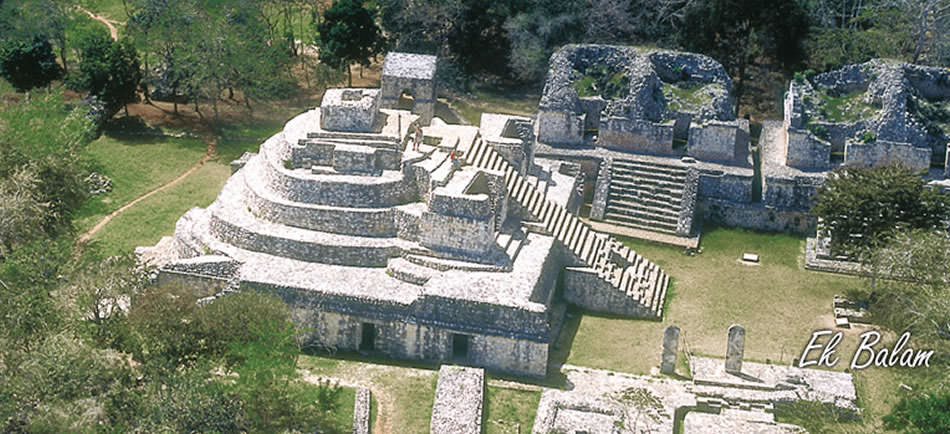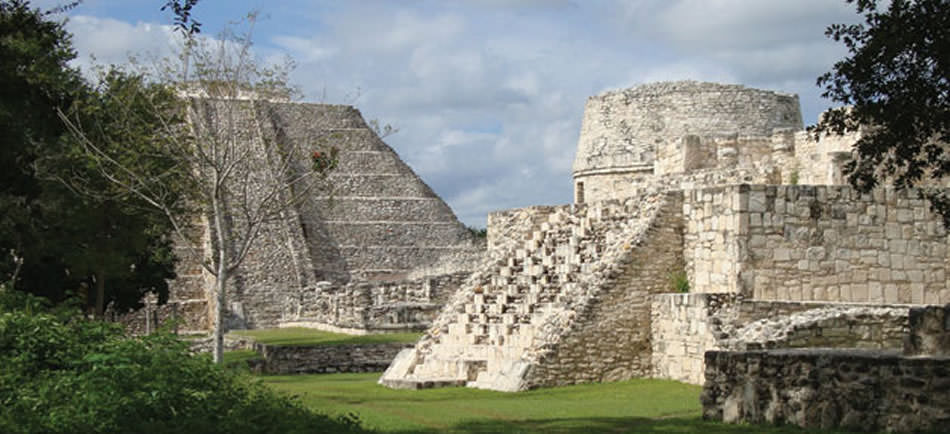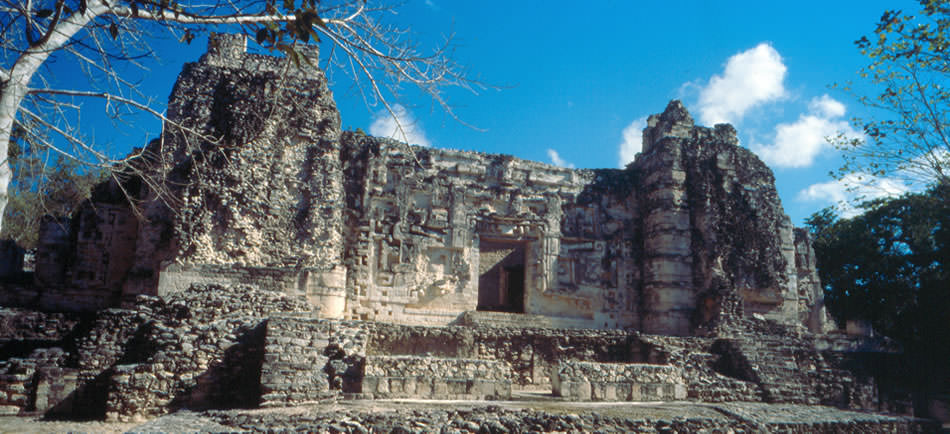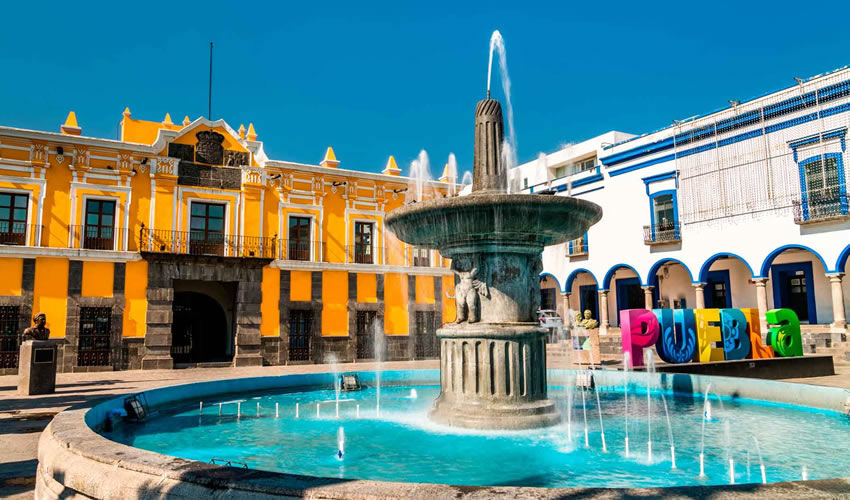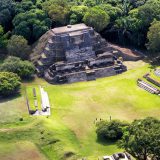
Toniná
Tonina is a pre-Columbian archaeological site and ruined city of the Maya civilization located in what is now the Mexican state of Chiapas, some 13 km (8.1 mi) east of the town of Ocosingo.
The site is medium to large, with groups of temple-pyramids set on terraces rising some 71 metres (233 ft) above a plaza, a large court for playing the Mesoamerican ballgame, and over 100 carved monuments, most dating from the 6th century through the 9th centuries AD, during the Classic period. Toniná is distinguished by its well preserved stucco sculptures and particularly by its in-the-round carved monuments, produced to an extent not seen in Mesoamerica since the end of the much earlier Olmec civilization.
Toniná was an aggressive state in the Late Classic, using warfare to develop a powerful kingdom. For much of its history, Toniná was engaged in sporadic warfare with Palenque, its greatest rival and one of the most important polities in the west of the Maya region, although Toniná eventually became the dominant city in the west.
The city is notable for having the last known Long Count date on any Maya monument, marking the end of the Classic Maya period in AD 909.

